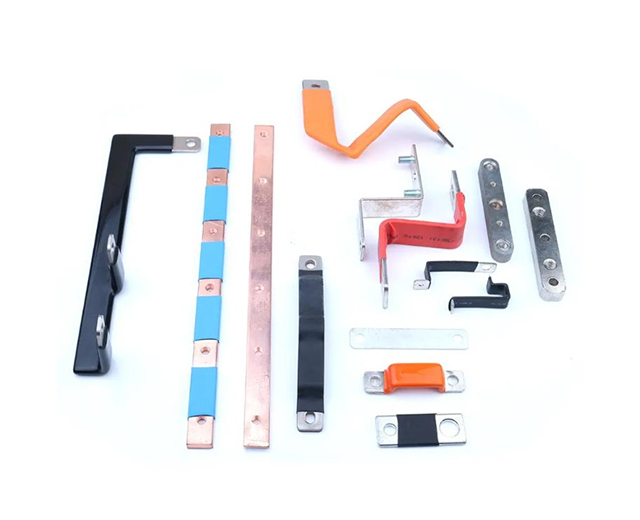2025-10-31 09:51:21
In modern electrical systems, efficiency, safety, and reliability are crucial. One key component that ensures these aspects is the busbar. Understanding what does a busbar do, how it works, and where it is applied can help engineers, manufacturers, and buyers make informed decisions for industrial, commercial, or residential projects.

A bus bar is a conductive metal strip or bar, typically made of copper busbar or Aluminum Busbar, designed to collect and distribute electrical current efficiently. Busbars are commonly used in power distribution boards, electrical panels, battery packs, and high-power devices. They serve as a central hub to connect multiple circuits, reducing the complexity of wiring and enhancing safety.
Modern systems also utilize Custom Busbar solutions, allowing manufacturers to tailor busbars to specific shapes, current capacities, and voltage requirements.
The primary functions of a busbar include:
Efficient Current Distribution
Busbars collect electrical current from a power source and distribute it evenly to multiple circuits or loads. This ensures all connected devices receive adequate power without overloading individual wires.
Reducing Electrical Resistance
Compared to conventional cabling, bus bars offer a larger cross-sectional area, minimizing resistive losses and voltage drops.
Improving Safety
By centralizing power distribution, busbars reduce clutter and minimize the risk of short circuits, sparks, or overheating.
Enhancing System Reliability
The solid connections provided by Solid Busbar or the flexible adaptability of Flexible Busbar help maintain stable electrical performance under varying loads and environmental conditions.
Supporting High Power Applications
Power copper busbar is especially useful in industrial and high-current systems where conventional wiring may not be sufficient.
A busbar works by providing a low-resistance path for current flow:
Electrical power enters the busbar from the source (generator, transformer, or battery).
The busbar distributes the current to multiple output points, maintaining even voltage levels.
Conductive materials like copper busbar or Aluminum Busbar ensure minimal energy loss.
Specialized insulated busbars prevent accidental contact and short circuits in crowded electrical panels.
For dynamic applications, flexible busbar allows slight bending or movement without compromising electrical connectivity.
Copper Busbar: Excellent conductivity, ideal for high-current systems.
Aluminum Busbar: Lightweight, cost-effective alternative with good conductivity.
Solid Busbar: Rigid structure, suitable for fixed installations.
Flexible Busbar: Can bend to accommodate mechanical stress or thermal expansion.
Insulated Busbars: Coated or enclosed for safety and short-circuit prevention.
Custom Busbar: Tailored to specific design requirements for voltage, current, and shape.
Busbars are widely used across industries and applications:
Electrical Panels and Switchgear: Centralized power distribution for homes, offices, and industrial facilities.
Battery Packs and EVs: Busbar in battery pack or power copper busbar distributes current efficiently among battery cells.
Renewable Energy Systems: Solar panels and wind turbines use busbars for reliable current collection.
High-Power Machinery: Industrial equipment benefits from copper busbar and aluminum busbar for stable performance.
Custom Industrial Solutions: Tailored Custom Busbar designs meet specialized voltage and current requirements.
Higher Efficiency: Larger conductor cross-section reduces voltage drop and energy loss.
Improved Safety: Fewer exposed wires and secure connections minimize short circuits and fire risks.
Enhanced Reliability: Supports high-current applications without overheating.
Simplified Maintenance: Organized busbars make inspections and modifications easier.
Flexibility: Flexible busbar allows system expansion and adaptation to mechanical or thermal stresses.